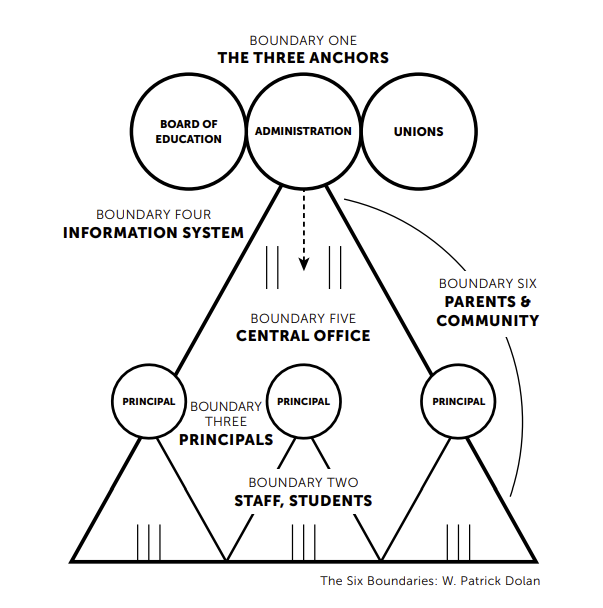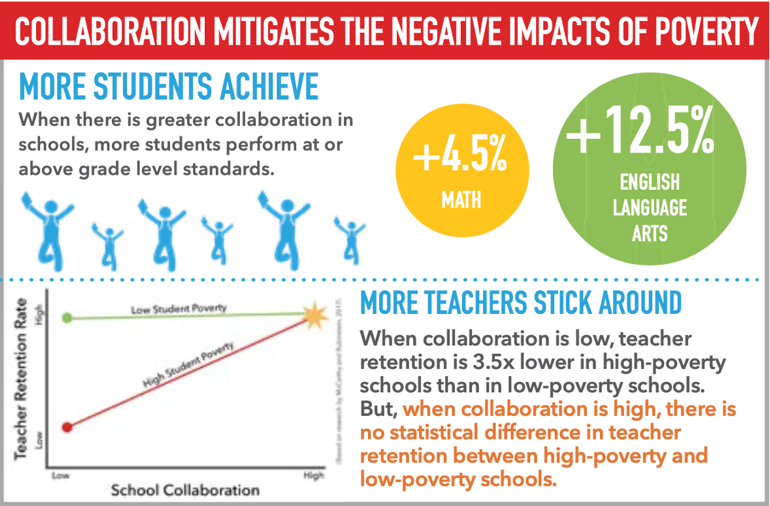Through the last five blogs, we delved into the complexity of our educational system, and the systems and structures that make sustainable, meaningful change so difficult.
- School systems and structures are under regular scrutiny, and undergo constant efforts with varying degrees of success.
- The science of learning does not match the accountability systems at the state and national levels.
- Public education has become increasingly political.
- Stakeholders in public education, while wanting better results, find comfort in the familiar, and struggle with fundamental changes.
- Systems constantly struggle with creating and implementing sustainable change while attempting to meet the growing societal expectations from schools.
A quote often attributed to W. Edward Deming is one our organization uses often:
“Every system is perfectly aligned to get the results it gets.” If we want true, meaningful change, we must focus on the system. System change is possible for every school and district if they use a strong change model and are committed, systemically, to large-scale organizational change. Key to the success of any change model implementation is the alignment of the change in every part of the system. We discuss the systems of school in depth in our third blog post Yes, Schools Are Political. We identify Six Boundaries of a school system:
- The Three Anchors (Board of Education or School Governance, Administration, Staff Leaders/Unions)
- Teachers, Support Staff, and Students
- Principals
- The Information System
- Central Office and Specialists
- The External Environment, which includes parents and community

Each of these “cogs in the wheel” of a system must be committed to moving in the same direction, in the same manner, with the same goal in mind, while focusing on their place within the system.
In addition to overall alignment, time is needed to allow for change to happen. A five-year plan, for example, needs five years. You cannot expect a five-year plan to be completed in one year, or continue to change the five-year plan each year and expect progress. A five-year plan also needs to be aligned within every part of the system, and benchmarks must be measured and reported regularly to determine growth and to make course corrections as needed. In addition, a five-year plan must start with a clear understanding of the current state of the system (via a systems audit) in order to determine where to start a meaningful change process. A systemic change requires ensuring that each person in each boundary is committed to meaningful change, and is dedicated to doing the work. It is worth dedicating the time it takes to collaboratively build a common vision for what the system should be before beginning any other work. Each boundary needs to have their capacity built to develop and sustain distributive and collaborative practices with shared decision making to be successful in doing the work of the change.
Complex systems need complex solutions. While a leader’s job is to make complex things easier to understand, it does not also mean eliminating aspects of the complexity. It does mean evaluating the system to determine what really is mandated that is out of our control to change, and to determine what is within our control to change. We have to challenge our mental models about “the way we do things” to determine if the “things” really need to be continued in the same way. We allow students to succeed when we find solutions that we have control over.
Complex change is both technical and adaptive. Ronald Heifitz defines technical change as a change that can be easily defined, be solved by the knowledge of experts, usually has a finite number of possible solutions, and can generally be completed in a short amount of time. An adaptive change addresses complex issues with no single concrete solution because of the number of factors that need to be considered, and often includes working with external partners who are able to facilitate teams through a coherent adaptive process over time. Heifitz reminds us that educational leaders who are leading this change must be able to think politically (see blog #3). An adaptive change often includes technical changes in addition to the adaptive change. It requires spending time defining the problem first, then it requires new learning, time, strong leadership, time, cultural change, time, and a long-term commitment to the work (and time).
Catalyst for Educational Change (CEC) has worked to help schools and districts contend with federal and state mandates while, at the same time, helping school community members modify the reform elements that most conflict with sound educational research, theory and effective practices. CEC operates with both a systematic and systemic approach to ensure stronger change management practices and break the cycle of endless change with no gain.
|
Systematic: Approaching change through calculated cycles of improvement, utilizing improvement science to reach achievable outcomes and steady the course. Systemic: Working through the system of stakeholders to ensure everyone is rowing in the same direction, collective impact and collective efficacy to turn ideas into reality. |
Being born and maturing through a series of deeply impactful federal reform eras shaped key lessons that have influenced the evolution of CEC’s approach to educational improvement:
- Coherence – School systems need to align their work in order to guarantee equity within the system. Can every student be guaranteed the same essential learning regardless of classroom or school? Even when the craft of teaching feels like an isolated task happening in separate classrooms, the reality is there is a collective impact on the student annually. In systems where that is forefront in planning, significant gains are likely. When the adults truly share the ownership of educating ALL students, great things happen!
- Labor-Management Collaboration = Student Achievement Gains – Groundbreaking research by John McCarthy and Saul Rubinstein (2017) shows that teacher union/management partnerships contribute to improved student achievement. CEC’s long-held commitment to collaborative labor-management relationships is now shown to be a measurable contributor to advancing student learning. Collaboration definitively triumphs over confrontation when it comes to school environments enhancing likelihoods for improved student learning. Systems need win-win-win solutions to keep everyone engaged and committed through the peaks and valleys of the change cycle.

- Equity and Agency – As school student and staff populations become more ethnically diverse and economically stratified, equity for educational opportunities becomes ever more challenging. Teaching and learning must evolve into a holistic approach where efficiency and narrowed definitions of success are a thing of the past. And given our century-old classroom approach to public education, providing student agency will require a monumental shift in the roles of both teachers and students if students are to have a significant voice in what and how they learn. The full school community will need to ready themselves for the required changes in how schools operate and approach modern learning through equity and agency for everyone.
Catalyzing change in education, despite all of the complexity, is what drives our work as a nonprofit. CEC is on a mission to ensure collective solutions and innovation in more educational environments. Our Logic Model is asset-based and honors the people in the system as they work through the complexity holding back sustainable improvements. CEC’s capacity building utilizes research-based practices within a cycle of continuous improvement.
The System Context is within control of each individual educational system. All school systems,
- Make their own policies and structures.
- Determine communication and culture commitments/ agreements.
- Establish decision-making commitment/ agreements on allocations and distributions.
- Use data for planning, programming, and to deploy resources.
How these are fostered and monitored becomes a key differentiator. While our federal government might add some restrictions and/or mandates, the reality is that school systems do have sizable control to make choices for their students.
When stakeholders work together around shared agreements…the unthinkable is possible. CEC’s focus on the System Agreements in school reform efforts aim to realign the adult culture and dynamics. We know when systems cultivate healthy, values-based relationships within each school and classroom measurable outcomes are more likely. People matter. And people working together really matters in schools. Developing a strong adult culture as a foundation of a change agenda is what makes CEC stand apart.
CEC uses System Alignment to create collective efficacy on the agreed upon improvement aims of a school or district. Our tools and processes are designed to empower those closest to the issues to own the work. Our change management approach intentionally paces improvement through attainable short-term, mid-term, and long-term goals. It is the “secret sauce” of school improvement.
We invite you to explore the role our Logic Model might play in your system’s large-scale improvement. Our website includes FREE resources that might be helpful in opening up dialogue with key stakeholders. Let’s work together to turn ideas into action, so we can all see what’s possible for our schools.
